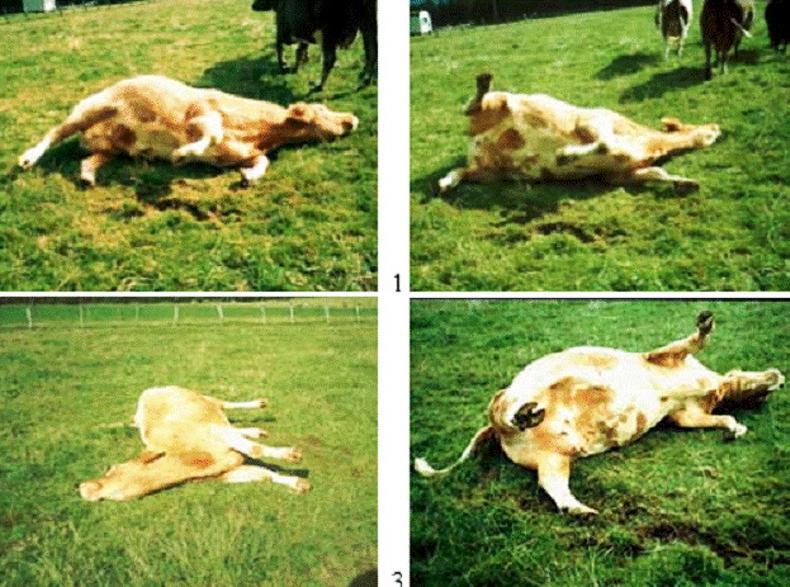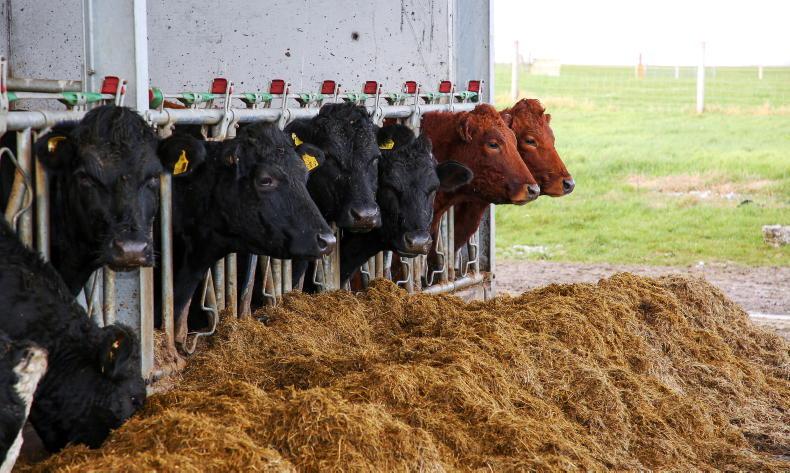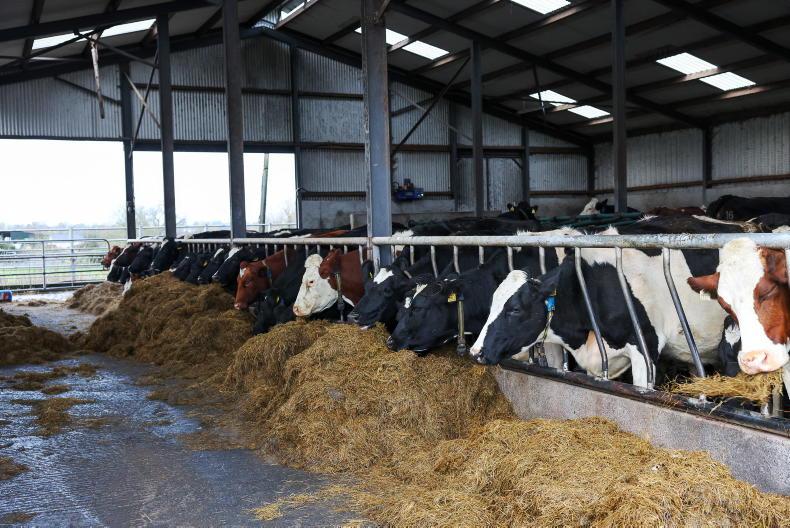Suckler cows have a poor capability to store magnesium in the their bodies and must take in sufficient magnesium on a daily basis to prevent deficiency. Grass tetany is common with suckler cows when they are grazing very bare, as well as lush pastures. In the case of dairy cows, it mainly occurs when they graze lush grass in the spring and autumn. This grass is frequently low in Mg due to quick growth and heavy slurry spreading, which is high in potassium and can have a negative effect on Mg uptake.
The level of Mg obtained from forage is reduced by factors such as:
• Heavy nitrogen fertilisation of grass swards
• Rapidly growing lush swards
• High potassium in the soil
• Lush, low-fibre grass and high nitrogen, which result in a rapid passage through the gut and an increased ruminal pH, both of which further decrease magnesium absorption
• Low sodium in the diet which is needed for Mg absorption from the intestine.
Grass tetany is also very much a disease associated with stress. The common stressors for both beef and dairy cows include:
• Cows in heat (not eating a lot that day and exerting a lot of energy rising on other animals, etc.)
• Bad weather conditions
• Changes in diet and pasture
• Transport
• Other disease that may affect feed intake.
Symptoms
Magnesium in the body acts as an electrical suppressant of nerve and muscle activity.
Therefore, deficiency will lead to excitability. In the early stages, the cow will appear nervous, with a stiff legged walk and often carrys her head high with a wide-eyed stare.
Muscle tremors will become apparent and, if suddenly excited, the cow my fall over and go into hypomagnesaemic tetany.
This is essentially a state of uncontrolled seizure — the cow’s legs will be either stiff or in spasm, or they will be paddling violently.
Her head will tend to arch backwards in severe spasm, and her eyelids will flutter with a loud ‘click’ when approached with a hand.
Frothing from the mouth and chomping of the jaws are common. Some cows will be found dead with the ground torn up around them, underlying the fact that grass tetany is a true emergency and is fatal in a very short time.
Treatment
Grass tetany warrants veterinary attention as soon as possible. Treatment depends on the severity of clinical signs. If the cow is convulsing or seizuring, then initial sedation is of primary importance to prevent brain damage. Following this, the vet will administer a mixture of calcium and magnesium intravenously, followed by 400ml of magnesium sulphate solution subcutaneously (under the skin). It is very important that this concentrated magnesium sulphate is not given intravenously, as it is likely to cause cardiac arrest and death.
Following the administration of magnesium and sedatives, the excitability should reduce quite quickly.
When assessing the progress of the cow, attention should be paid to the symmetry of the head. If the eyes are pointing in the wrong direction, or there is an ear down, for example, it is likely that brain damage has occurred
Control and prevention
Control is based on providing a regular daily intake of magnesium during the period of risk; i.e. whenever cows are grazing lush young pasture (April to June and September, primarily). Options for increasing magnesium intake include:
• Feeding high Mg concentrates (easier in dairy herd)
• The addition of Mg to the drinking water (this can be questionable in peroids of wet weather)
• Buffer feeding with hay or straw prior to going out onto lush pasture prevents significant drops in ruminal pH and helps preventgrass tetany by reducing the rate of passage of food through the gastrointestinal tract, allowing more time for magnesium absorption
• Avoiding the grazing of cows on pastures that have had heavy slurry applications or the application of high potassium fertilizers
• Regular liming of grazing land to maintain the correct soil pH and improve Mg uptake
• Pasture dusting with calcined magnesite can be carried out every second or third day
• Giving free access to high Mg minerals, either by way of powder mineral or mineral licks
• The use of magnesium bullets — at least two bullets/boluses should be used per cow which will release Mg at a controlled rate each day for four to six weeks.
• All these preventative strategies will reduce the risk of grass tetany, but no one measure will give guaranteed protection, especially if the cows are exposed to a significant stressor such as very cold, wet weather.









SHARING OPTIONS